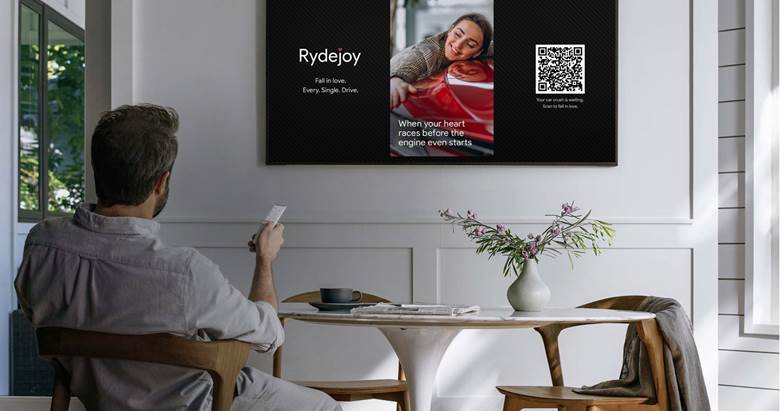Tape to files more than a change of storage medium
Last year, we witnessed a further decline in the position of videotape in production workflows. The trend is unstoppable as the many advantages of file-based platform prove their worth. As the manufacturing of film cameras ended and video cameras now record to SSDs or memory cards, workflows are starting out as digital right from acquisition. Once a program has been edited, thecurrent practice is still to print to tape for delivery to the commissioning broadcaster.
Tape has its advantages; it forms a ready-made archive with a life of 25 years or so. It is a tried and tested medium, with well-established workflows. Stepping back from the day-to-day business of pushing around tape carts — from good received dock to the library, from the library to master control, and then back — there is another world that is all file-based and IP. Cameras and editing, and then playout have all eschewed tape and adopted files. Tape is no longer played direct to air except for late delivery material. And finally the viewers want files: VOD, mobile, DVD — they are all encoded files.
It was its linear nature that first led editors and newsrooms to move to computer platforms. That way, they had non-linear access to clips (just like film). For the newsroom, files on a common storage pool have the added advantage that they can be shared instantly across the newsroom.
Once the playout of commercials from video servers became commonplace, two islands of file-based operation existed, post and playout. Linking the islands over a distance used to be expensive, but that’s not so today. Fiber networks now link the main centers of post-production and the broadcasters across the world.
But setting up an efficient digital workflow has not been without its problems, predominately the lack of compatibility between different devices in the broadcast chain. One only has to look at the very slow introduction of MXF. In contrast, the standard for a videotape format was tightly defined, so that a tape recorded on one machine would playback in another, albeit usually from the same manufacturer.
MXF is a set of standards, but there are so many choices of parameters that file interoperability is proving difficult to achieve. The work of the AMWA to define constrained Application Specifications has greatly eased the design of interoperable applications that use MXF standards.
Many companies shy away from change; if it’s running smoothly, why change. So, tape lives on as a key part of the workflow for many broadcasters. If nothing else, the program archive is on tape even if current product is shot on P2 or XDCAM. The business drivers to go tapeless are compelling, but, for many, the business is selling advertising. If the content that plays to air was ingested from tape, who cares? There is always an inertia, there may be union constraints on changing workflows, or just the general human dislike of change. As a consequence, many broadcasters have put off change until a convenient point in the replacement cycle of equipment.
However, external events can have unexpected consequences. The Japanese earthquake of last March caused interruptions to the supply of videotape. For many, it was a watershed moment when the need for change came to the fore. Move to disk and we are not dependent of tape — well that was until Bangkok was flooded. The lesson to be learned here is to diversify the supply chain.
Programs are delivered on tape because that’s what the contract stated. It’s a convenient handover from supplier to customer, all neat and tidy. And anyway, there wasn’t affordable fiber for file delivery. The temporary blip in the supply of tape caused many to look at file delivery (maybe it could work, it does for commercials), and fiber is much more available while costs have dropped.
The professional video industry's #1 source for news, trends and product and tech information. Sign up below.
However, moving from tape to files is not just choosing a wrapper and a codec and hooking into a fiber network. Processing video and audio as files opens up whole new ways of working for broadcasters that other industry sectors have been using for a decade or more. It’s the service-oriented architecture (SOA), where processes present as services on a common bus, all orchestrated by middleware that provides the command and control. What does that mean for the broadcaster? It means more agile systems.
Aside from improving the efficiency and management of existing workflows, the new demand for file-based workflows is coming from the need to support all the many consumer viewing devices. OTT, VOD, mobile, they all need content. But, the market moves quickly, and there are new players from the world of the Internet. Basing the broadcast workflow around SOA enables flexibility. New services can be plugged in by rewiring the facility. From Hollywood Studios to facility houses, the value of the SOA has been understood and adopted. The generic IT orchestration engines and service buses are being complemented by media-savvy designs that better meet the needs of the M&E sector. As many IT companies have found, the media business is different. It is still a heavily craft-based industry, and solutions should reflect the quirks that may seem undisciplined in other less-creative sectors. This year, expect to hear much more about SOA.
